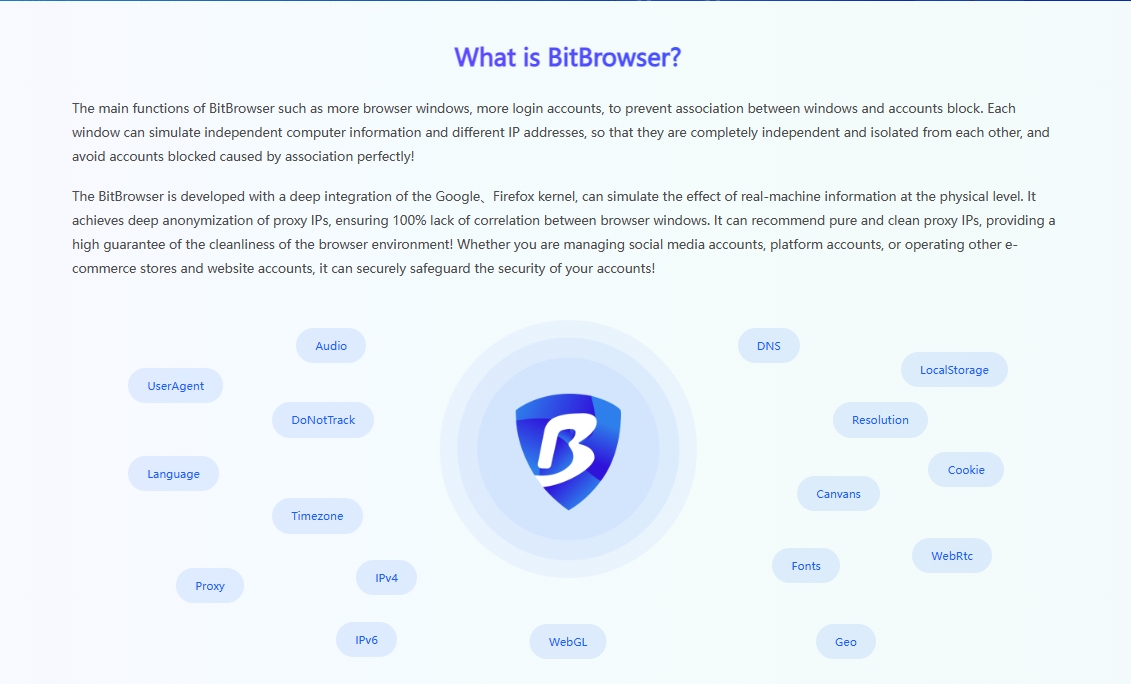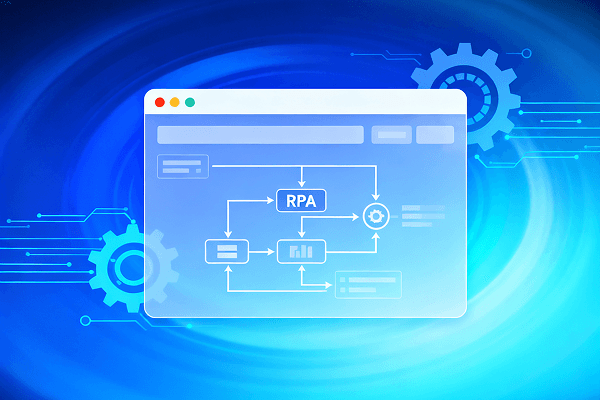
Hot Picks
How to run Facebook ads in 2025? Ideas

Hot Picks
How to promote on Amazon? Sharing various promotion methods

Hot Picks
Choose BitBrowser for fingerprint browsers, and look for the only official website: bitbrowser.cn
What is the relationship between pixel tracking and cookies? Their risks and how to protect against them
Time: 2024-05-09 18:03 Click:
I believe that through the previous article, everyone has a relevant understanding of pixel tracking. I believe everyone also knows about cookies as a tool for websites to understand users. So what is the relationship between cookies and pixels? What is the difference between pixels and cookies? This article will teach you to get relevant content.
What is pixel tracking?

Tracking pixels (pixel tags) are tiny 1×1 pixel graphics that are loaded when a user visits a website or opens an email, making them almost imperceptible to the user. These tracking pixels are often designed to be fully or partially transparent, or to disguise themselves as the background color of the website, making them inconspicuous and difficult to detect by users.
The website owner or email sender includes a tracking pixel by including a link to an external link to the pixel server in the HTML code of the website or email. When a user visits the target web page, the client (usually the user's browser) processes the HTML code, and the browser redirects to the link and opens the graphic. This process is registered and recorded in the server's log file. Log files are computer-generated data files that contain information about usage patterns, activities, and operations of operating systems, applications, servers, and more. The tracking pixel may collect and analyze the operating system used by the user on the mobile device, the user's access to the website or email on any device, the browser or email client used by the client, the client screen resolution, and the email read by the user. and data such as the time of visit to the website, website activity during the session (when multiple tracking pixels are used), and IP address (which can provide information about the Internet service provider and location).
Click to visit BitBrowser for a more detailed explanation of pixel tracking.
What are cookies?

A cookie is a small text file stored on a user's computer or mobile device. When a user visits a website, the website sets a cookie to record the user's information such as login status, preferences, browsing history, etc. It can help websites provide users with more personalized services and improve user experience. It is also used for data analysis and advertising delivery. Users can manage the use of cookies in browser settings.
When we visit a website, the website stores cookie data in the form of a name-value pair on our computer hardware, which consists of a data value and a name that identifies the data value, and each website can only retrieve the cookie data it saves on our computer. data and cannot view other content. When we enter the website URL in the address bar, the browser will send a request to the website. After completion, it will search for the relevant cookie file on the computer. If it is found, all name-value pairs in the file will be sent to the server. If it cannot be found, Cookie data will not be sent. The website web server receives the collected cookie data and uses it to request the home page. If no name-value pairs are received, it means that this is the first time we use the website. The server will generate a new ID for us in the database and send the name-value pairs. to the computer, which receives and saves it on the hard drive. Web servers can change or add name-value pairs when a page is accessed and requested, and we have complete control over this data collection process by setting our browser to accept or reject these values.
Click to visit BitBrowser for a more detailed explanation of Cookies.
The main differences between pixel tracking and cookies are:

Function: Pixel tracking is mainly used to collect user data to support marketing activities and advertising; while cookies are mainly used to identify user identities, conduct session tracking, and provide personalized services.
Application scenarios: Pixel tracking is usually embedded in emails or web pages; cookies are stored on the user's local terminal and are temporarily or permanently saved by the user's client computer.
Security: Because cookies can store users' personal information, there are certain security risks. Attackers may use the information in cookies to carry out malicious activities. Although pixel tracking also involves the collection of user data, it usually does not directly store users' sensitive information.
So are tracking pixels and cookies dangerous?
The privacy and security risks of pixel tracking cannot be ignored. Pixel tracking is often criticized for violating user privacy. It collects detailed data on users by recording user behavior profiles. Since pixel tracking is invisible to the naked eye, users often have their personal information disseminated without their knowledge. By transmitting IP addresses that match different information on the Internet, such as profiles in social networks or forums, tracking pixels make it easier for spammers to send emails to terrorists or users of social networks. These malicious actors exploit the user's email reception mechanism to search for and verify a valid email address. Once the email is activated, the user has unknowingly downloaded the tracking pixel. The "terrorists" also completed the verification of the user's email address at the same time, making it easier to send spam.
Although cookies bring many benefits to enterprises and users, they also hide some risks related to data storage. Cookies can affect user privacy and lead to the leakage of personal information. Although cookies themselves do not spread viruses or malicious code, But they can collect vast amounts of information, including credit information. Therefore, once someone else uses your computer, or the computer is borrowed or even stolen, cookies will greatly increase the risk of personal information loss.
How to protect identity privacy on the Internet?
Option 1: Turn on the privacy function of the browser
Set cookie preferences by setting the browser's safe mode and regularly delete cookies on your computer. Take the Chrome browser as an example: first, click on the three dots, then enter the settings interface, and then select advanced options. Then, in the Privacy & Security section, find the item Cookies and other site data. Next, turn on the options "Clear cookies and site data when closing all windows" and "Send Do Not Track requests with browsing traffic." After that, select “View all cookies and site data” and finally click on “Delete all”. And install relevant browser plug-ins to prevent pixel tracking.
Option 2: Use a fingerprint browser, such as BitBrowser
Using a fingerprint browser like BitBrowser can help prevent websites from identifying and tracking users through their browser characteristics, thereby hiding their identity on the Internet. It can protect users from Based on browser fingerprint tracking, when using BitBrowser, users can create multiple independent browser profiles, each profile has its own unique browser fingerprint, including cookies, WebRTC, canvas fingerprints, font lists, etc. , which makes it difficult for websites to link a user’s activities to their real identity.

For multi-account users, it is also very important to maintain privacy when managing multiple accounts. BitBrowser provides an independent browser environment for each account, effectively isolating the data and activities between accounts, thereby avoiding the risk of account association when managing multiple social media accounts. At the same time, BitBrowser also has built-in powerful RPA functions, which can automate daily repetitive tasks, such as logging in, publishing content, capturing data, etc., greatly improving work efficiency. In addition, BitBrowser also allows users to freely configure and manage proxy networks, further enhancing anonymity and preventing account closures.
Summarize:
In general, tracking pixels usually have similar functions to cookies, and the main difference between cookies and tracking pixels is which party is tracking you - a third-party advertising tool or the website itself. With the help of this article, I hope you can clarify the differences between cookies and tracking pixels, how information is transmitted, and where the information is stored. I also hope that the recommended methods in this article can help you deal with the risks brought by cookies and tracking pixels. Register now BitBrowser immediately gives away 10 permanent free windows, click to download.

 Multi-Account Management
Multi-Account Management Prevent Account Association
Prevent Account Association Multi-Employee Management
Multi-Employee Management



